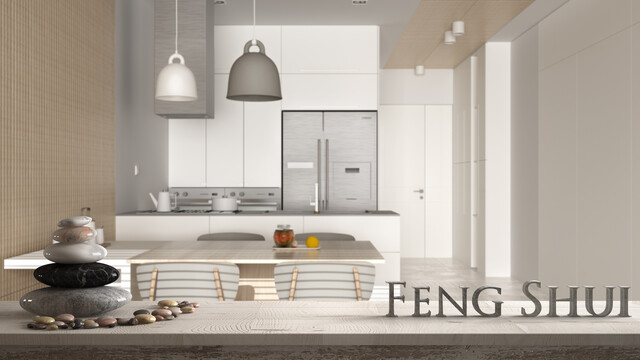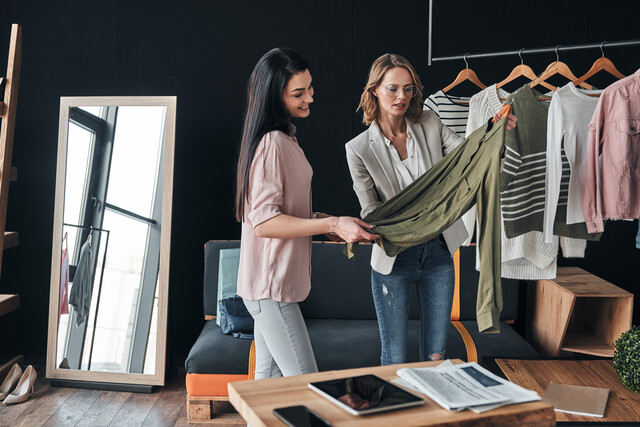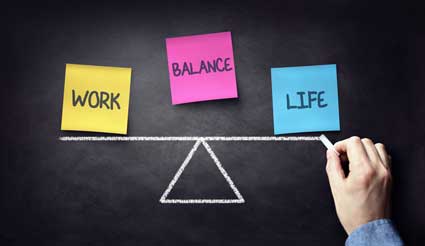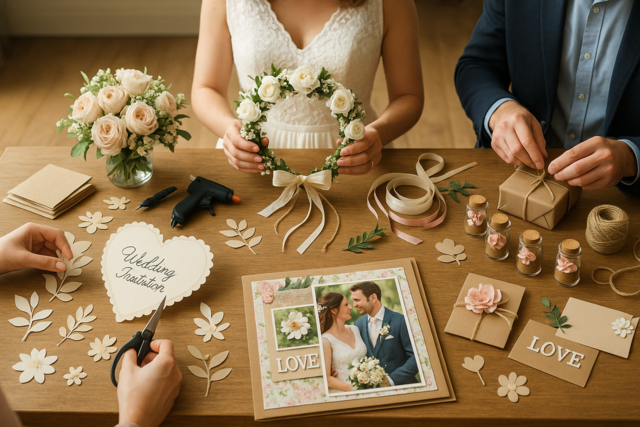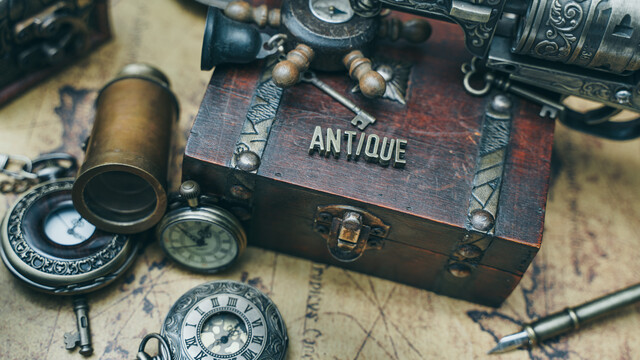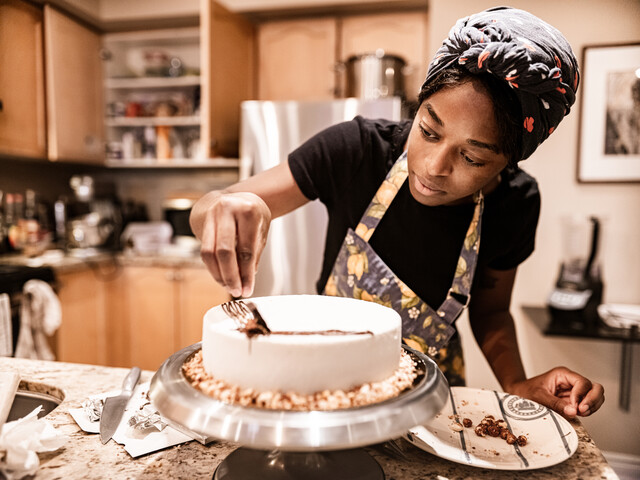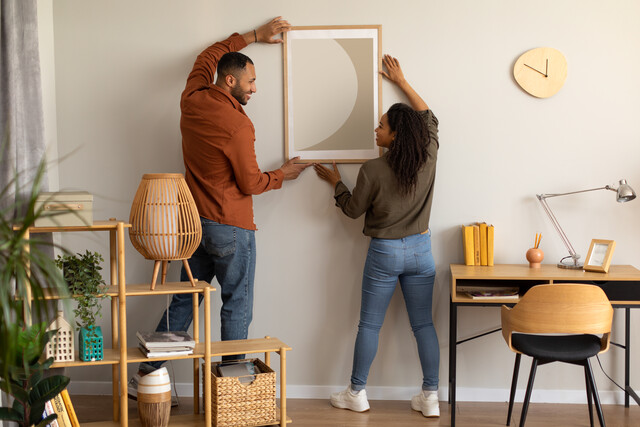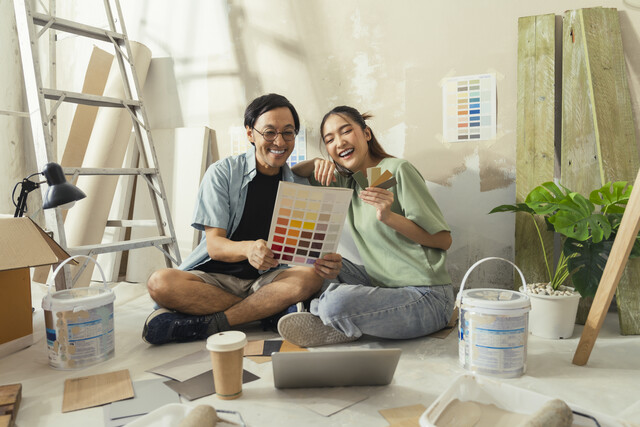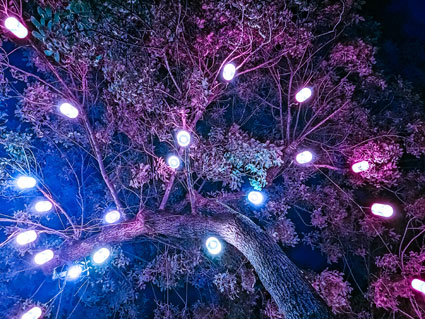-
Interior designers use basic principles when decorating a space. These principles are based on features of the space, style, and best practices.
-
Color.
-
Texture.
-
Lighting.
-
Furniture.
-
Additional design considerations (carpentry, windows, and doors)
Interior designers may also be interior decorators.
Many interior designers are also interior decorators, which means that they not only design the foundations of a space, they also need to design the decorations within the space.
Before a project begins, it is important to be able to visualize how it will be decorated.
Interior designers should think about the entire life cycle of a project, including how the space will be decorated.
Designers and clients need to have a shared understanding.
Interior designers are often responsible for ensuring that a project is completed successfully to the client's satisfaction. In order to successfully complete a project, designers need to establish a firm plan and vision with the client before work on the project begins.
Here's a basic overview of what you need to know about interior design and decorating elements:
Texture Texture creates depth and visual appeal in a space.
Interior decorating projects require that decorators incorporate various textures into their spaces. Texture helps to create mood, visual appeal, and depth. For example, paint that is applied with a Tuscan texture may help to evoke daydreams of Italy and all that those daydreams entail.
Paint
Designers use many elements to create texture, including paint finishes, upholstery, wall coverings, and accessories.
In addition to the infinite color variables with paint, there are also many different textures that can be achieved through different paint application methods. These textures may be achieved by the way the paint is applied, how the paint is treated after it is applied, what elements are mixed in with the paint when it is applied, and even the type of paint used.
Here are some examples of different paint textures:
-
Gloss
-
Satin
-
Matte
-
Tuscan
-
Distressed
-
Antique
-
Gilt
-
Sponge
-
Color wash
-
Rag roll
-
Sandstone
-
Glaze
-
Stippling
-
Pounce
-
Stencil
-
Dragging
-
Marble
-
Weathered
-
Stained
Wall coverings create depth, visual appeal, and contribute to the style of a space. Wall coverings that provide texture may include:
-
Murals
-
Tapestries
-
Plaster
-
Wallpaper
-
Wood paneling
-
Artwork
-
Brick
-
Wood
Upholstery Upholstery is the material used to complete furniture. The materials listed below can not only be used with furniture, but also with accessories, such as pillows and curtains. Upholstery options that provide texture include:
-
Leather
-
Plastic
-
Vinyl
-
Bamboo
-
Canvas
-
Cotton
-
Silk
-
Wool
-
Animal fur
-
Patent leather
-
Rubber
-
Linen
-
Chenille
-
Toile
-
Burlap
-
Velvet
-
Corduroy
-
Crypton
-
Denim
-
Damask
-
Fleece
-
Flannel
-
Jacquard
-
Lace
-
Matelasse
-
Mohair
-
Naugahyde
-
Nylon
-
Phifer sheerweave
-
Moir�
-
Quilted
-
Satin
-
Suede
-
Terry cloth
-
Tapestry
-
Sunbrella
-
Woven
Accessories provide an easy way to add texture to a space. Many designers incorporate textures with contrasting textures into their spaces in order to create balance. For example, a designer might pair a wool blanket with a gold figurine.
One of the best things about using accessories to add texture is that accessories can be changed out regularly. As you change accessories � and textures � you can easily and quickly transform the atmosphere of a space. Here are some examples of accessories that may provide texture:
-
Wood stack by a fireplace
-
Brass candlesticks
-
A quilted throw
-
An animal-fur rug
-
A bowl of pebbles
-
Flowers
-
A wooden game board
-
A lacquered box
Flooring
The floor is one of the most importance aspects of any space, yet it often gets a relatively small amount of attention when it comes to the design. However, if you think about how much of the floor is in your field of vision in any space, you can more easily appreciate the impact the floor can make on an overall design.
There are dozens of types of flooring. Flooring selections should be selected based on form and function.
When incorporating textures into the floor, it is important to remember that floors are susceptible to dirt. Therefore, if you want to incorporate sustainable flooring elements into your design, it is important to think about the amount of traffic that will enter into a space. Be sure you understand how flooring materials handle traffic, UV exposure, tracked-in dirt, pet hair, and spills.
Here are some flooring options that provide texture for a space:
-
Wood
-
Wood inlay
-
Cement
-
Ceramic tile
-
Marble
-
Carpet
-
Woven rugs
-
Knotted rugs
-
Asian rugs
-
Rubber
-
Paint
-
Stone slabs
-
Pebbles
-
Bamboo
-
Laminate
-
Linoleum
-
Cork
Lighting elements not only help to illuminate a space, they also help to create the mood for an environment. Designers and decorators often need to work closely together to develop a lighting plan, as some lighting elements will be built into a space, while others will be mobile.
Lighting design and fixtures should be selected carefully from the many available types of lighting and fixture styles.
Interior designers play a critical role in the lighting design of a space because they may be responsible for ensuring that electricity, electrical outlets, and electrical switches are installed properly during the build-out phase of a space.
Here are basic types of lighting of which you should be aware:
-
Recessed � Recessed lighting is built into the ceiling, flush with the ceiling. It provides an effective and soft overhead lighting solution. Multiple recessed lights are used to illuminate a single space. The quality of light is based on the number, location, and wattage of each recessed light.
-
Fixture � A light fixture is a lighting unit that is attached to the space. Fixtures may be installed on a wall or ceiling. Fixtures may include sconce lights, chandeliers, and overhead lighting units that are flush with the ceiling. The term "fixture" can also refer any lighting unit, including a recessed lighting unit.
-
Lamp � A lamp is a mobile lighting unit that can be easily moved. Lamps are the only type of electrical light in this list that are powered by a plug and outlet. Lamps may include desk lamps, tabletop lamps, floor lamps, and lamps that are attached to the wall as fixtures. Most lamps also feature lamp shades, which can be critical decorating components.
-
Spotlight � Spotlights are generally single-build light fixtures that are either built into the ceiling as a recessed light, or attached to a wall or ceiling. Spotlights use narrow-focus bulbs that train light in a specific location. These lighting devices are often used to highlight artwork, a work space, or a particular design feature.
-
Natural lighting � Natural lighting is extremely important in many space designs, as it is not only environmentally friendly, it is also a very coveted form of light for many people. Natural lighting comes from windows, doors, and skylights.
-
Track lighting � Track lighting is a type of fixture that is generally attached to the ceiling or a wall. Track lighting may also be installed in bookshelves, cabinets, and other built-in features, as well.
This type of lighting features a series of lights that are attached to a track. The individual lights may include flood lights or spotlights, depending on the client's needs. The lights can be adjusted along the track to provide the right amount of light in the right locations.
-
Work space lighting/task lighting � Work space lighting is popular in kitchens and home offices. This type of lighting is generally installed on the underside of a cabinet to give light to a countertop work space. Work space lighting generally includes track lighting and spotlighting fixtures.
Many work space lighting fixtures are wired to a space's electrical system and operated using a light switch. However, there are some work space lighting units that are battery powered and work independently of a space's electrical grid.
Also, keep in mind that interior designers may have to develop a lighting system for the interior and exterior of a space. When incorporating lighting elements into the exterior of a space, a designer will often work with a landscape designer, who can ensure that the lighting system is suited for all weather conditions.
Furniture shouldn't just be functional; it should also suit the style of the space and the tastes of the client.
As you might imagine, there are many different types of furniture pieces, furniture designs, and variables associated with designing with furniture. Here are a few things you'll want to consider when selecting furniture pieces for a design:
Consider how furniture will be used in a space. Is the furniture going to be used or will it serve as artwork? Keep in mind that furniture can be used not only for its intended purpose, but also to help divide a space. For example, in a Bauhaus style open space layout, furniture might be used to divide a living room space from a dining space.
Make sure the furniture you select is the right size for the space in which you will use the furniture. Proportions are very important in every space and can help to create a mood for a space. For example, large, overstuffed sofas would look very different in a small room than in a large open space. Think about the size of furniture in proportion to your space as well as to other objects within the space.
Your furniture may be made of wood, plastic, upholstery, stone, tile, and a wide variety of other materials. The materials used to make the furniture will not only influence how the furniture can be used, the materials will also influence the look and feel of the furniture.
Also different materials are appropriate for different settings. For example, when designing a public space, it may be preferable to use more durable materials than you might use if you were designing a residential space.
Every design style has certain types of furniture associated with it. In many cases, design styles have specific pieces of furniture associated with them, including specific designers. When decorating a space in a particular style, it is important to research which types of furniture are used with that style.
In addition to the design elements already discussed in this article, you will have to be conversant in a wide variety of other issues. Additional issues will arise on a case-by-case basis with your projects. Other design and decorating elements that you may encounter include:
-
Windows
-
Draperies
-
Doors
-
Built-in units, including shelves, cabinets, benches, and window seats
-
Kitchen and bath fixtures
-
Countertops
-
Door knobs
-
Molding, trim, chair rail, and more
-
Bathroom design and d�cor
-
Kitchen design and d�cor
-
Organization and storage systems
-
Closets
-
Home gyms
-
Enclosed porches
-
Tile
-
Carpet
-
Children's rooms
-
Nurseries
-
Home offices
-
Aging-in-place
-
Accessibility
-
Sustainability
-
LEED and environmentally friendly spaces


